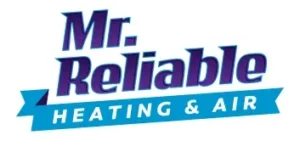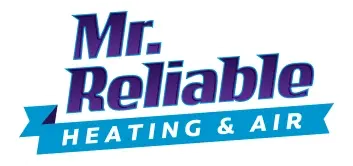Our Blogs
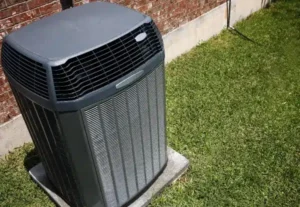
Zoned Systems
A zoned heating and cooling air system can be an advanced feature for any Houston, TX home or office. Rather than dealing with the hassle of two
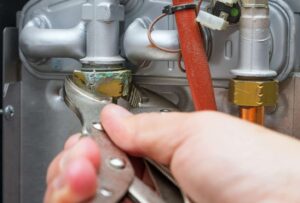
Furnace problems and solutions
When it’s cold outside, a working furnace is key to keeping your home warm. Regular maintenance is crucial for peak performance. But, furnace troubles can

Common HVAC Problems Caused by Houston’s Humidity (and How to Fix Them)
Welcome to Houston, where the air is thick with humidity and your comfort can feel like a distant dream! As temperatures rise and moisture lingers,
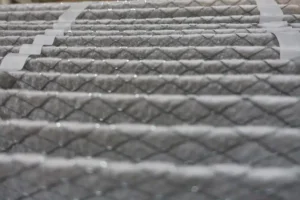
A Comprehensive DIY Air Conditioner Troubleshooting Guide: Easy Fixes and Maintenance Tips
Feeling the oppressive heat inside your Houston home while your air conditioner struggles is a frustrating experience many homeowners face. It’s more than just being
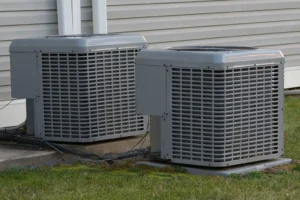
Top 10 Common Air Conditioner Problems and How to Fix Them
There’s nothing quite as frustrating as an air conditioner giving up on you just when you need it most. Imagine a scorching afternoon where your

Staying Safe During Power Outages in the Heat
Stay Safe, Houston! We know many of our neighbors are dealing with the aftermath of the storm and power outages. At Mr. Reliable Heating and

Unlock Savings with Mr Reliable Heating & Air’s Best Houston HVAC Coupons
As the sweltering summer heat descends upon Houston, ensuring your HVAC system runs smoothly becomes a top priority. At Mr Reliable Heating & Air, we
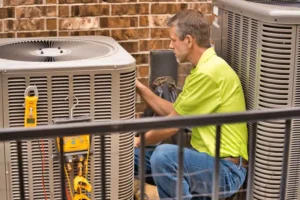
Mr. Reliable Heating and Air Launches Summer Maintenance Campaign to Help Texans Stay Cool
HOUSTON, May 24, 2024 /PRNewswire/ — With summer fast approaching, Mr. Reliable Heating and Air, Houston’s trusted HVAC provider is pleased to announce their Annual

Signs Your AC Needs a Tune-Up in Houston
In the sweltering heat of a Houston summer, a well-functioning air conditioning system is not just a luxury but a necessity. Regular maintenance is crucial

What To Expect During An AC Tune Up in Houston?
Is your AC unit struggling to keep your home cool during the sweltering summer months? An AC tune-up could be the solution you need to

Mr. Reliable Says No More! Busting Houston’s Warm Air Woes and Restoring Cool Comfort
Warm Air coming out of your vents? Are you feeling the discomfort of warm air coming from your vents when you’re expecting a cool and

Winter Allergies vs. Poor Indoor Air Quality: Symptoms & Solutions
allergy or indoor air quality affecting you? Winter can be a challenging time for many people, especially those who suffer from seasonal allergies. The cold
